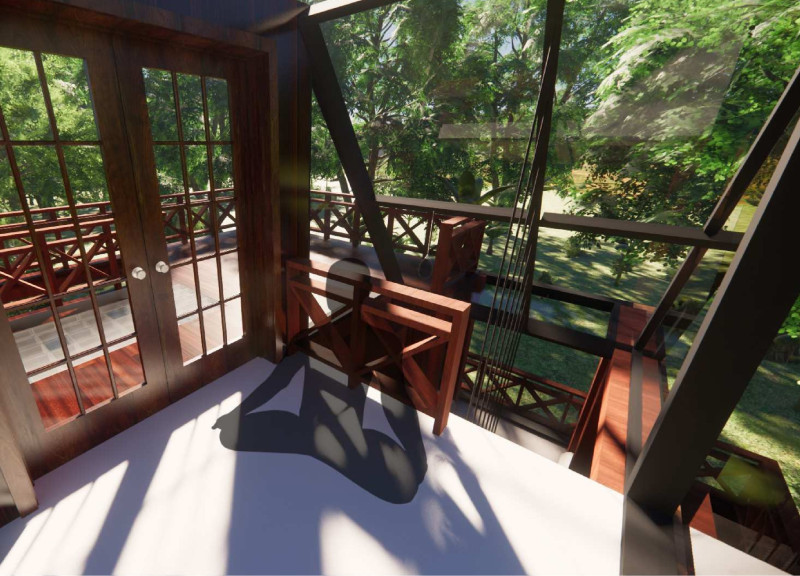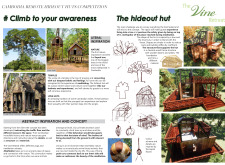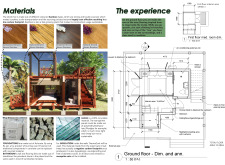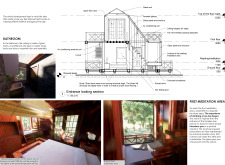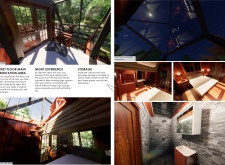5 key facts about this project
At its core, this project embodies a vision of contemporary living seamlessly integrated into its context. It addresses the needs of its inhabitants while fostering a sense of belonging and community interaction. The careful consideration of site-specific factors, such as local climate, topography, and cultural heritage, informs the architectural language, allowing the structure to resonate with its environment. This responsiveness to context enhances not only the aesthetic qualities of the architecture but also its environmental performance.
The project consists of a series of interconnected spaces that cater to diverse functions, ensuring adaptability for various uses over time. The layout is designed to facilitate an intuitive flow between indoor and outdoor areas, encouraging occupants to engage with nature. By incorporating natural elements such as gardens, terraces, and walkways, the design promotes activities that connect people with their environment, paving the way for a healthier lifestyle.
Materiality plays a crucial role in this project, with the selection of materials reflecting a balance between sustainability and aesthetic value. Concrete serves as the primary structural element, providing durability while allowing for expansive open spaces. Large glass panels enhance transparency and light penetration, creating bright, inviting interiors. The use of wood details adds warmth and tactility, distinguishing spaces while assuring an ecological approach through responsibly sourced materials. Additionally, stone elements ground the design in the local context, reinforcing a sense of place.
Unique design approaches are evident throughout the project, particularly in its commitment to sustainability. The integration of passive design strategies, including natural ventilation and solar shading, demonstrates an understanding of energy efficiency and occupant comfort. Features such as green roofs and rainwater harvesting systems exemplify innovative ecological practices, reducing the overall environmental footprint of the building while promoting biodiversity in urban areas.
In terms of the architectural aesthetics, the project employs a modern language characterized by clean lines and minimalistic forms. The façade’s modulation creates visual interest, while also providing functional benefits such as sun shading and privacy. This attention to detail builds a cohesive identity for the project, allowing it to stand out while maintaining harmony with surrounding structures.
Overall, this architecture project is a thoughtful expression of contemporary design principles. It reflects a deep understanding of the needs of its users and the importance of integrating with the local context. The emphasis on sustainability, functionality, and community engagement serves as a model for future architectural endeavors. To gain a deeper understanding of the architectural plans, sections, and ideas that underpin this remarkable project, readers are encouraged to explore the full project presentation. Engaging with these elements will offer valuable insights into the innovative design approaches that make this initiative a noteworthy contribution to modern architecture.


